The Australian Market Energy Commission (AEMC) has released the first of two major reforms to the Natioanl Electricity Market (NEM) access standards, which it says will be fit-for-purpose for the changing electricity generation landscape, if grid security and fair access to be achieved.
Implemented from 21 August 2025, the two key elements of the reform address technical connections standards and the advent of energy hungry facilities like artificial intelligence driven data centres, which, based on historical events, are known to destabilise the grid, impacting consumers.
AEMC Chair Anna Collyer said the reforms will help accelerate Australia’s energy transition while maintaining system security.
“This is the most significant modernisation of the NEM technical connections standards since 2018, coming at a critical time when the pace of connections needs to accelerate dramatically to meet Australia’s renewable energy targets,” Collyer said.
“With renewable energy projected to triple by 2030 and utility-scale batteries to increase fivefold in the same period, these reforms will help reduce connection bottlenecks while maintaining system security.”
Package 1 – Grid Connection
Improving the NEM access standards – Package 1 new rules apply for projects that have not received a network service provider (NSP) connection enquiry response by 21 August 2025 and for projects which are currently completing their connection application, they can choose to apply some or all of the new access standards to their application in process.
Reforms have been introduced to the access standards for generators, integrated resource systems and synchronous condensers, will amend the access standards for high voltage direct current (HVDC) links and include transitional provisions for existing network plant and ongoing connections.
Package 1 reforms aim to add more prescription and clarity to technical requirements, reduce costly negotiations to better accommodate inverter-based resources like solar, wind and batteries, and broaden application to synchronous condensers and high voltage direct current (HVDC) links needed for system stability.
Package 1 standards will be applied by plant type instead of by registration to remove inconsistencies such as synchronous condensers being operated by different entities facing different obligations. The change is hoped to integrate more synchronous condensers into the NEM.
The Commission has made a differential rule that excludes the final rule’s application in the Northern Territory (NT), which means no amendments will apply to the NT National Electricity Rules (NER)
Package 2 – Data Centres
Improving the NEM Access Standards – Package 2 tackles the projected growth of large-scale electricity users, with a focus on data centres driven by artificial intelligence (AI).
Collyer said the rise of artificial intelligence is driving unprecedented demand for data centres in Australia, with some facilities potentially requiring as much electricity as small cities.
“Package 2 proposes new standards to ensure these facilities can respond appropriately during power system disturbances and don’t inadvertently make problems worse during system events,” Collyer said.
An AEMC statement said the need for reforms in this space was highlighted by a recent incident in the United States where 60 data centres consuming 1,500 MW of power disconnected simultaneously during a system disturbance, compounding grid stability issues.
The Commission invites stakeholder feedback on Package 2 by 19 June 2025.
This content is protected by copyright and may not be reused. If you want to cooperate with us and would like to reuse some of our content, please contact: editors@pv-magazine.com.
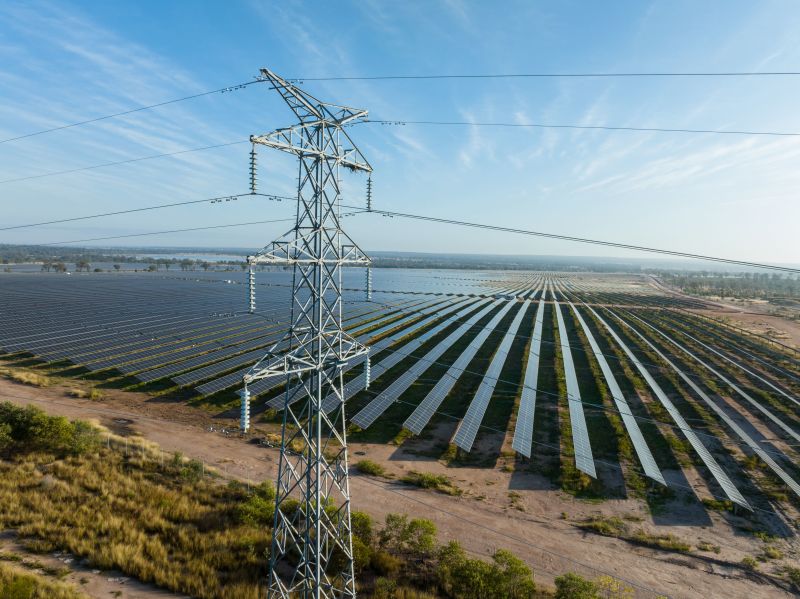
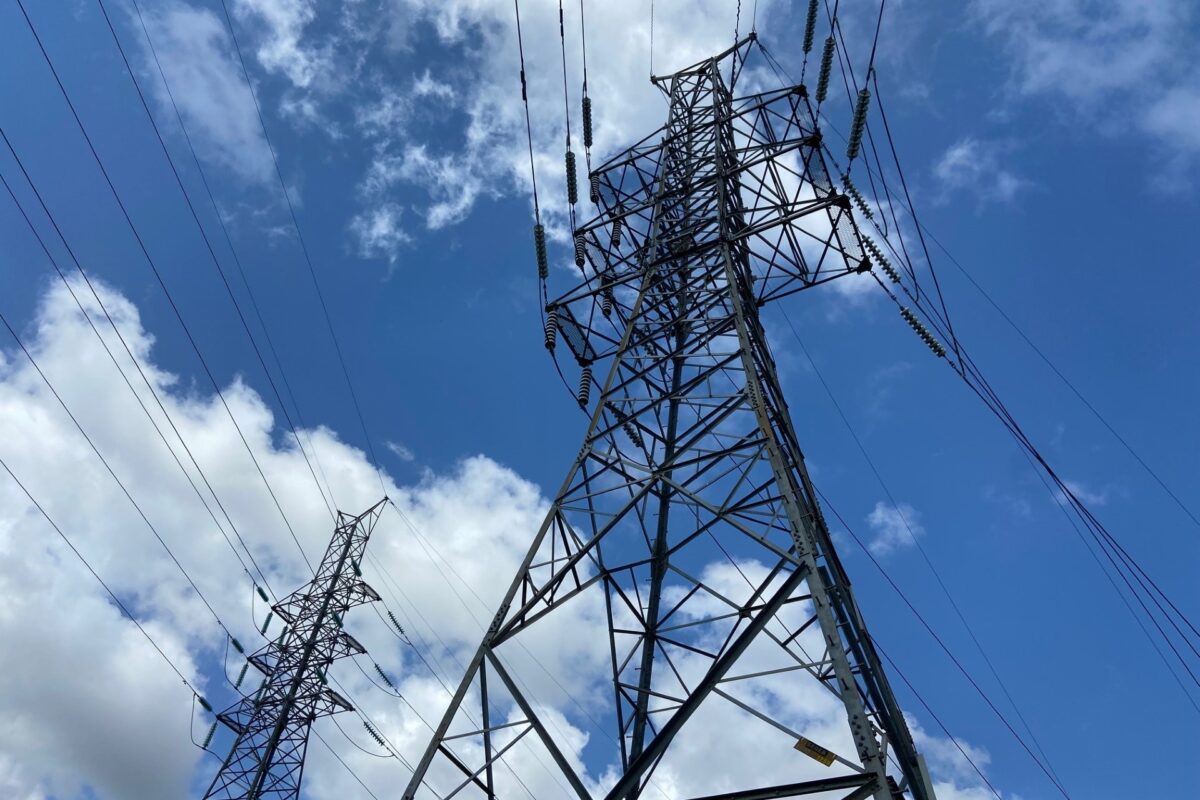


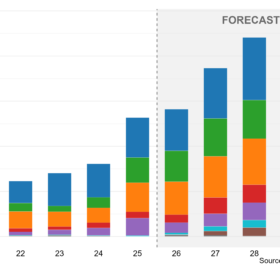
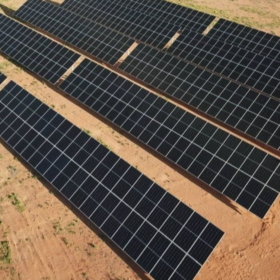
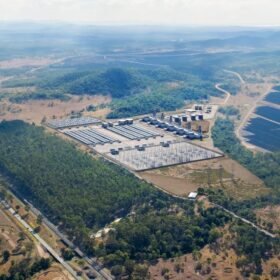
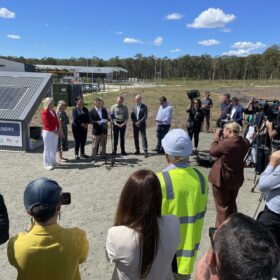
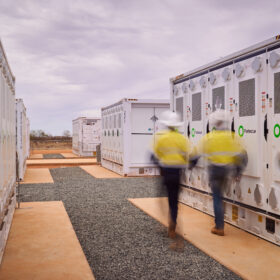
By submitting this form you agree to pv magazine using your data for the purposes of publishing your comment.
Your personal data will only be disclosed or otherwise transmitted to third parties for the purposes of spam filtering or if this is necessary for technical maintenance of the website. Any other transfer to third parties will not take place unless this is justified on the basis of applicable data protection regulations or if pv magazine is legally obliged to do so.
You may revoke this consent at any time with effect for the future, in which case your personal data will be deleted immediately. Otherwise, your data will be deleted if pv magazine has processed your request or the purpose of data storage is fulfilled.
Further information on data privacy can be found in our Data Protection Policy.